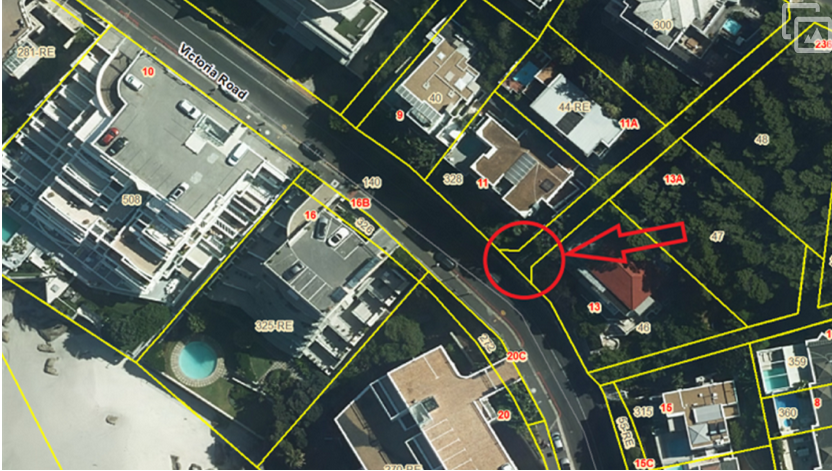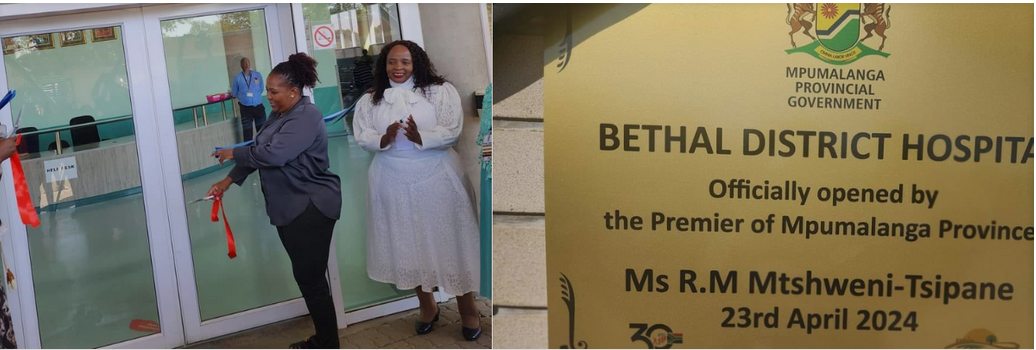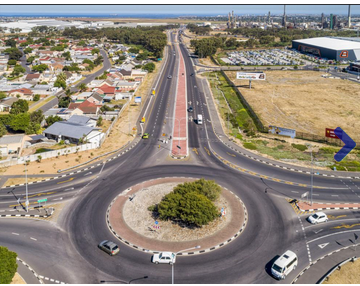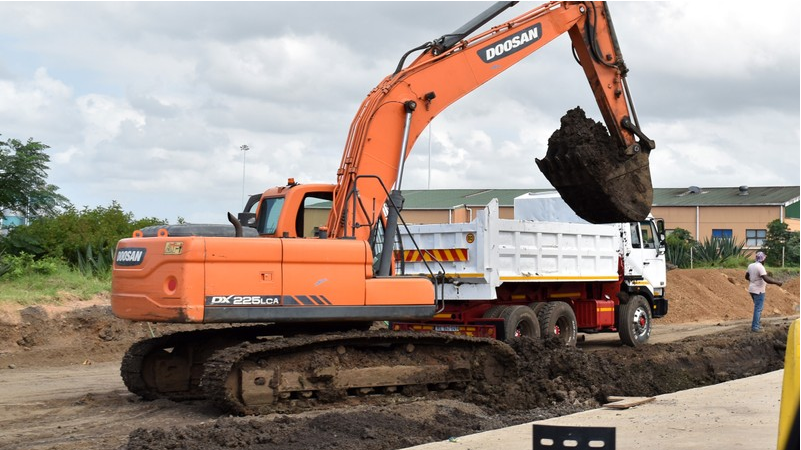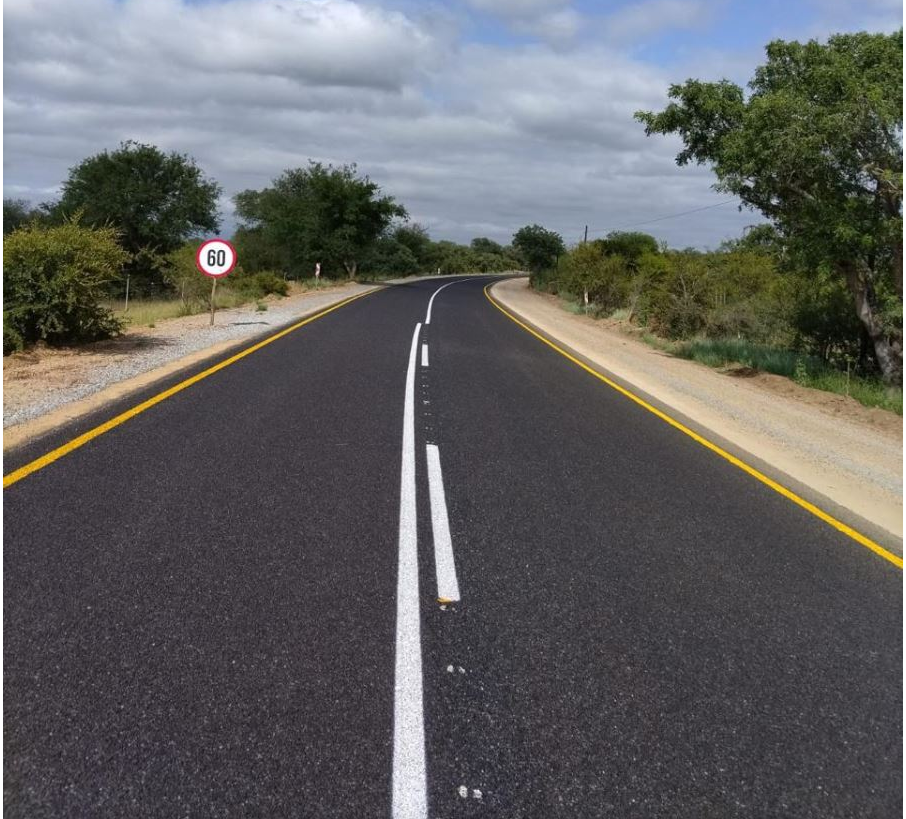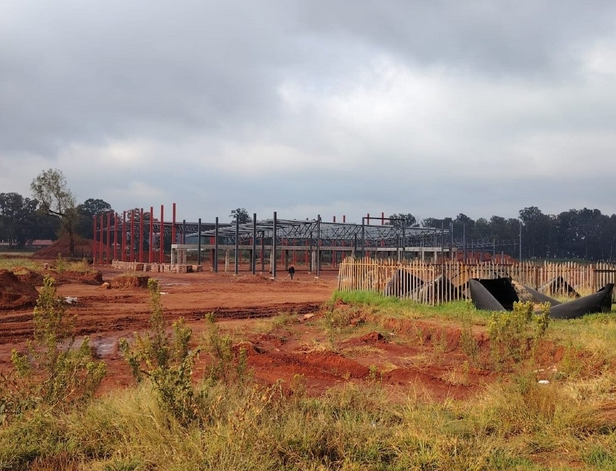Activity levels decline in the building and construction sector

24-06-2021
Read : 1113 times
Moneyweb
Source
Activity levels in the building and construction sector declined in the first quarter of 2021 compared to the previous quarter but remained close to pre-Covid-19 levels.
The latest Afrimat Construction Index, a composite index of the level of activity within the building and construction sectors, released on Tuesday revealed that the index declined by 5.6% to 109 in the first quarter of 2021 from 111.2 in the fourth quarter of 2020.
Economist Roelof Botha, who compiles the index on behalf of Afrimat, said the decline in the index was in line with GDP, which dropped by 4.1% quarter-on-quarter in the first quarter of this year.
However, Botha said the index increased year-on-year by 5.4% in the first quarter of this year while GDP grew by 4.6%.
“This is a huge difference. Hopefully, further progress with mass vaccinations and a decline in the third wave of Covid-19 infections will provide added impetus for a stronger construction sector recovery before the end of the year,” he said.
Botha said it is anticipated that there was a higher level of construction sector activity during the second quarter of 2021.
He said Statistics SA data shows that the value added in construction shrunk by 17.5% year-on-year but stressed that Stats SA data only includes contractors while the Afrimat Construction Index captures the entire construction supply chain.
The index, to a large extent through the hardware and retail sales of construction and building materials, also captures the activity of the informal sector, which Stats SA does not, he said.
Botha questioned the size and composition of the surveys conducted by Stats SA in determining the value added by the construction sector, especially because of the occasional incompatibility with the index, which includes several other indicators of construction sector activity.
“There has been a huge shake-up over the last decade in the construction sector in regard to the mega companies, with many of them disappearing.
“But [many of] those engineers and project managers who worked there formed smaller companies and are still building but are not completing the Stats SA surveys,” he said.
Botha said it is encouraging that the index has now remained above the base period level of 100 for three successive quarters, after the sharp decline in the second quarter of last year induced by the Covid-19 pandemic.
However, Botha conceded that the index, which was first released for the first quarter of 2017, is still at its third lowest level ever and has been on a consistent downward trend since 2017.
“Construction is not booming, especially not because of Covid-19, but there is more activity than the Stats SA data suggests in value added in construction.
“Construction activity in South Africa is much lower than it should be, especially against the background of our infrastructure deficiency and the huge shortage of housing.
“It’s not where we want it to be but it’s back to pre-Covid-19 levels and a step in the right direction although pre-Covid-19 levels are [the level] after a slump that started in 2017,” he said.
Botha believes the latest index is indicative of the consolidation of the recovery trend in construction activity
He said the lockdown regulations have resulted in stock shortages because of supply chain disruptions, not only in South Africa but globally, which has had a negative impact on the construction industry.
Botha added that inventories declined last year by R165 billion whereas the average change in inventory levels in South Africa in the past 10 years was only about R7 billion.
Only three of the nine constituent indicators of the index recorded positive growth compared to the preceding quarter.
Wholesale construction trade (+34.8%), building materials volume (+24.9%), retail sales – hardware (+16.1%) and building material sales (+5.5%) all improved in the first quarter of this year compared to the previous quarter.
However, the value of building plans passed (-1.4%), salaries & wages – Construction (-3.5%), construction value added (-15.4%), employment in construction (-19.6%) and the value of buildings completed (-40.5%) all declined.
Botha remains confident of a further recovery of the construction sector during 2021, adding that several growth drivers remain in place that promise to boost construction activity.
The latest FNB Bureau for Economic Research (BER) Building Confidence Index released last week revealed that confidence in the building industry, which together with the civil sector makes up the construction sector, rose in the second quarter 2021 to its highest level since the first quarter of 2018.
Confidence improved to 39 index points from 27 index points in the first quarter of 2021 but this still means more than 60% of industry respondents are still dissatisfied with current business conditions.
The FNB BER Civil Confidence Index for the second quarter of this year is scheduled to be released this week.
The index increased by five points to 21 in the first quarter of 2021, with a further improvement in activity levels supporting the slightly higher confidence.
However, FNB property economist Siphamandla Mkhwanazi expressed concern about the trajectory for the rest of the year.
“Despite some anecdotal evidence to the contrary, too many civil contractors are still experiencing a shortage of new work,” he said.
Recent News
Here are recent news articles from the Building and Construction Industry.
Have you signed up for your free copy yet?
